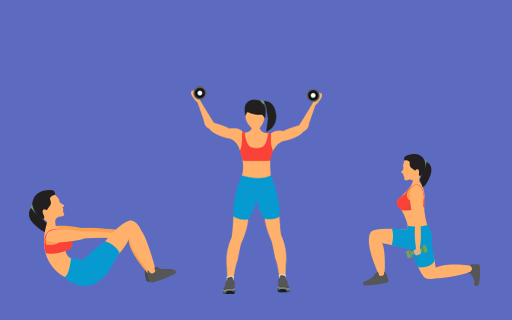Workout reports depend on exercise tags for accuracy.
That means that you cannot generate accurate workout reports unless ALL of your exercises are tagged.
The good news is that the exercises you received in your new trainer account are all tagged. You'll only need to tag exercises you create and add yourself.
Tooltip Label Goes Here
Forgot Password
Please enter the email associated with your account, and we will email you a link to reset password.
Thank you! Your submission has been received!
Oops! Something went wrong while submitting the form

Sorry, Facebook login failed
Please go to Facebook to recover your account, or create a new account if you don't already have one.

Got It!

